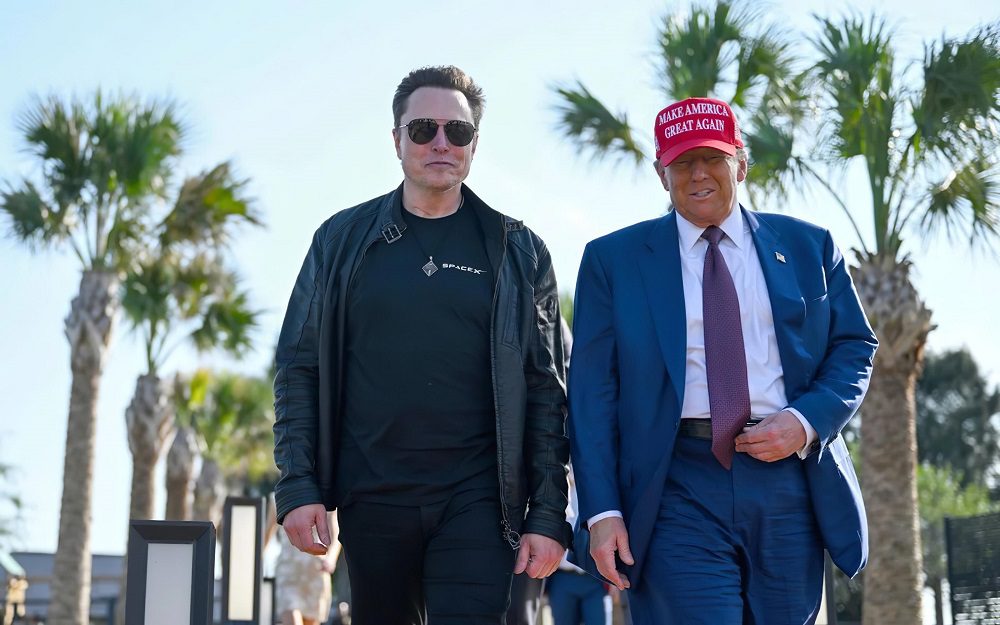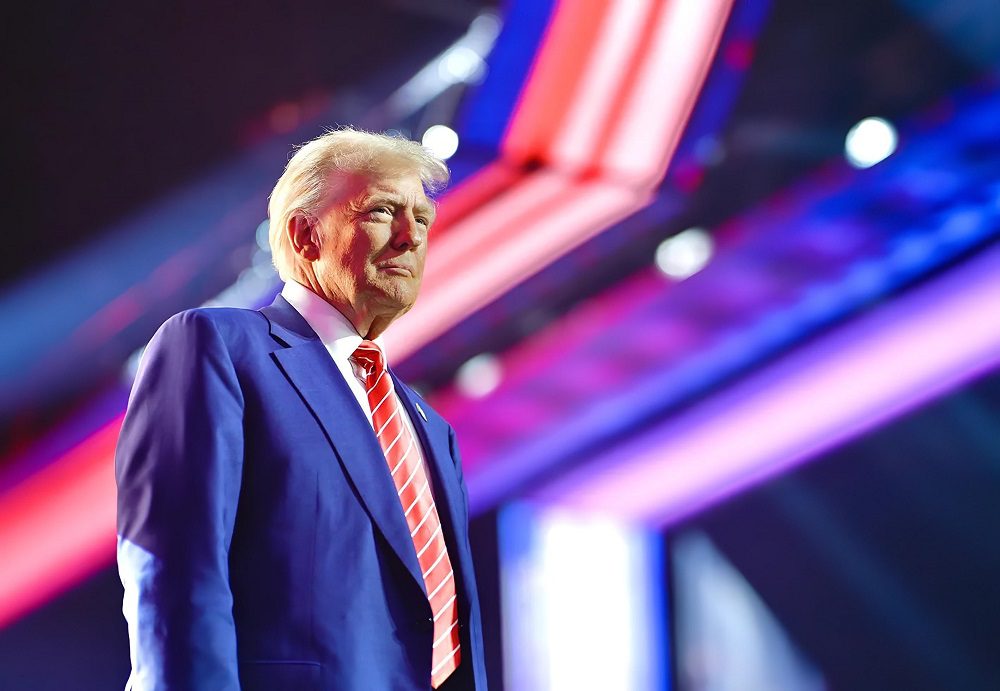Unlike Donald Trump, few figures have demonstrated the power of personal branding, media savvy, strategic networking, sharp negotiation, and resilience. Trump’s career, rising from a New York real estate mogul to a global political icon, offers a case study of how to build and reinvent a powerful personal brand.
Despite controversies and setbacks, he has leveraged media and relationships to stay at the center of public attention and continually adapt to new arenas. This article delves into five key aspects of Trump’s business playbook—Personal Branding, Media Strategy, Strategic Networking, Negotiation Acumen, and Resilience—offering insight into how he managed to transform from a brash businessman into a President, and what executives and entrepreneurs can learn from his journey.

Personal Branding: From Real Estate Mogul to Political Icon
Donald Trump understood early that his name itself was a valuable brand. In his early career, he made the Trump name synonymous with luxury, glitz, and ambition. During the 1980s and 90s, Trump splashed his name on skyscrapers, hotels, casinos, airlines, and even board games. Unlike traditional executives who stay behind corporate facades, Trump made himself the face of his businesses. The gleaming “TRUMP” logo atop properties like Trump Tower broadcasted an image of success visible across city skylines.
By 2011, Forbes estimated the value of the Trump brand at around $200 million (though Trump insisted it was worth billions). Many developers paid simply to license the Trump name for their buildings, meaning Trump often owned less than the public assumed—his brand was doing the heavy lifting in creating value.
Trump carried his branding savvy straight into politics. He applied marketing tactics to his 2016 campaign, crafting a memorable slogan (“Make America Great Again”) and even a visual brand (the red MAGA cap) that instantly identified him. The brash confidence and dominance that his business brand projected now became a political persona. He recast himself from billionaire developer to populist champion—a strategic shift that broadened his brand’s appeal to a new “customer base” (voters).
This strategic transformation, however, came with trade-offs. As he became a polarizing political figure, some high-end business partners distanced themselves. By mid-2015, after controversial campaign remarks, retailers like Macy’s and Serta dropped Trump-branded products, and Forbes noted the appraised value of the Trump brand had fallen to $125 million. Trump knowingly traded some elite appeal for mass political appeal, illustrating a key branding lesson: successful brands can evolve, but bold pivots risk alienating one market while capturing another.

Media Strategy and Public Perception: Seizing Control of the Narrative
Few figures in modern history have faced as much institutional resistance as Trump. Despite these challenges, he won the presidency—twice. In 2020, he secured over 74 million votes, the highest ever for a sitting president. His ability to withstand coordinated opposition demonstrated a level of brand resilience that few executives, politicians, or public figures could replicate.
Trump’s rise showcases not only his political success but also his ability to navigate and reshape public perception despite widespread opposition.
- The Media: Outlets like The New York Times, CNN, and MSNBC dedicated billions of dollars to negative coverage, often presenting a singular, critical narrative.
- Hollywood: Celebrities such as Robert De Niro, Meryl Streep, and George Clooney publicly denounced him, turning award shows into political platforms.
- Silicon Valley: Big Tech companies imposed restrictions on his communication channels, curbing his digital reach.
While institutions worked to discredit him, Trump leveraged the same media machine to amplify his presence. One of the most striking examples came in 2023, when his highly publicized legal case led to his now-famous mugshot. Instead of allowing this image to weaken his brand, his media team immediately transformed it into a symbol of defiance and resilience. Within hours, the mugshot appeared on T-shirts, posters, and digital platforms, turning a moment of vulnerability into a rallying cry for his supporters.
Trump also tapped into alternative media channels to bypass traditional gatekeepers. He gained significant exposure through podcasts like The Joe Rogan Experience, which regularly draws millions of listeners per episode. By embracing platforms with vast independent audiences, he maintained his visibility and influence despite mainstream media hostility.
This was not an isolated tactic. Throughout his career, Trump embraced media attention, whether positive or negative. Early in his real estate days, he courted tabloid coverage, ensuring his name remained relevant. Similarly, during his 2016 campaign, his provocative statements dominated the news cycle, often overshadowing his opponents. His understanding of the power of constant visibility gave him a competitive advantage in both business and politics.
Trump’s adaptability in the media landscape demonstrates a crucial lesson: leaders who can shape their own narrative and respond rapidly to negative coverage often maintain control of their public perception. By owning his story, even when under attack, he consistently shifted the power dynamic in his favor, reinforcing his resilience in an environment where many sought to diminish him.

Strategic Networking: Building Power Across Industries
Beyond branding and media, Trump’s ascent was propelled by a vast and carefully tended network of relationships. Long before politics, he operated with a keen sense of strategic networking—connecting with powerful individuals across real estate, entertainment, sports, and media.
As a young developer, Trump fostered strong relationships with influential figures like former New York Mayor Ed Koch, whom he famously sparred with, and other key political and business leaders. His presence at high-profile events and continuous outreach to media personalities elevated his public profile, ensuring his name remained relevant.
His 2004 leap into reality television with The Apprentice marked another networking masterstroke. The show not only revived his personal brand but connected him to Hollywood executives, influential sponsors, and a wider audience. This extended his network beyond real estate, offering access to media moguls, celebrities, and prominent business leaders.
By the time he entered politics, Trump’s network was far-reaching. His relationships with conservative media figures, influential donors, and powerful business leaders provided him with critical backing and credibility. During his presidency, he further blended business and political networks by assembling a Strategic and Policy Forum that included top executives from Wall Street and Silicon Valley. This seamless merger of influence reinforced his position as both a business mogul and a political leader.
Great leaders understand the value of proximity to excellence. Trump’s ability to attract and align with some of the world’s most influential business minds reflects his keen instincts for power and decision-making. During his presidency, he formed strategic relationships with:
- Elon Musk – A maverick entrepreneur and CEO of Tesla and SpaceX, known for disrupting industries.
- Peter Thiel – A Silicon Valley billionaire and PayPal co-founder who backed Trump early, seeing him as a disruptor.
- Larry Ellison – The Oracle co-founder and one of the world’s wealthiest business strategists.
- Robert F. Kennedy Jr. – A controversial yet influential figure, illustrating Trump’s ability to engage with unconventional allies.
Trump’s leadership style prioritized results over credentials. He didn’t rely on bureaucrats; he sought out executives, innovators, and industry leaders who could execute. This approach mirrored his business career, where he surrounded himself with top-tier developers, financiers, and marketers, ensuring that Trump-branded ventures maintained their prestige and profitability.
The takeaway for business leaders is clear: building an expansive and diverse network across industries can drive immense value when pursuing major goals.
Negotiation Acumen: Mastering the Art of the Deal
At the core of Trump’s business reputation is his skill as a negotiator, encapsulated in his book The Art of the Deal. Trump’s approach emphasizes negotiating from a position of strength, the readiness to walk away from unfavorable terms, and the ability to turn setbacks into strategic leverage.
His negotiation framework is built on key principles:
- Always negotiate from a position of strength.
- Never accept bad deals—be willing to walk away.
- Turn obstacles into leverage.
- Make bold opening offers to set the terms.
- Use pressure and public perception to gain an advantage.
Trump applied these principles across various domains:
- Real Estate: He initiated extravagant developments to attract attention and build public anticipation,effectively compelling stakeholders to negotiate on his terms.
- Trade: He pushed for better agreements by imposing tariffs and renegotiating existing deals.
- NATO: He pressured allies to increase their financial contributions.
- Foreign Relations: He approached diplomacy like a business deal, brokering historic agreements.
His refusal to accept conventional wisdom gave him leverage that career politicians lacked. By setting new standards rather than following existing ones, he often compelled competitors and adversaries to operate on his terms. His negotiation framework offers a lesson for entrepreneurs: by confidently positioning oneself, maintaining leverage, and framing outcomes positively, leaders can consistently secure favorable deals.

Resilience and Adaptation: Reinventing Amid Adversity
Perhaps the most defining feature of Trump’s career is his resilience—the uncanny ability to bounce back from defeats and reinvent himself in new arenas. Over nearly five decades, Trump has weathered financial collapse, reputational crises, political opposition, and shifting market conditions, yet he continually re-emerged with new ventures, platforms, and influence.
In the early 1990s, Trump was personally liable for millions in debt after his real estate empire crumbled. Yet, through strategic restructuring, media visibility, and sheer persistence, he rebranded himself into a household name. Facing severe opposition from political elites, negative media coverage, and internal Republican resistance, Trump leaned heavily on his branding, media, and network mastery. Even after leaving office in 2021, Trump managed to maintain influence through his social platform Truth Social and relentless media engagement, illustrating how consistent reinvention fuels longevity.
The core lesson is clear: adaptability is a critical asset for any business leader. Industries shift, markets collapse, and reputations may falter—but strategic reinvention keeps one in the game.
Business Takeaways for Leaders
Love him or loathe him, Donald Trump’s career provides a masterclass in branding, media manipulation, negotiation, and resilience. His ability to consistently transform setbacks into opportunities has kept him relevant for decades across different domains.
For business leaders and executives, the lesson is clear: mastering personal branding, harnessing media visibility, building expansive networks, negotiating with leverage, and embracing reinvention can provide a long-term competitive edge. Trump’s career may be polarizing, but the principles behind his success are universally applicable. In business, as in politics, those who can shape perception, control narratives, and build influence will often emerge victorious.






